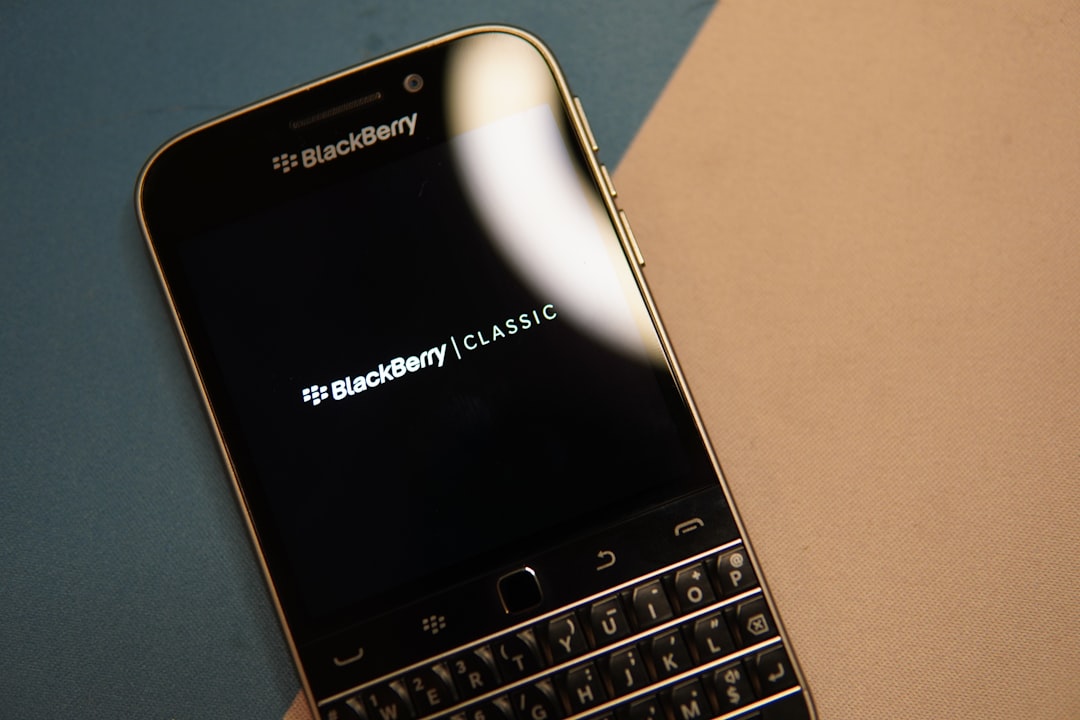
With the latest release of the iPhone 15, I am reminded of the early days of smartphones and the religious and ideological debates that occurred when people of different tribes talked about their phones of choice.
You were either an iPhone, Android, or Blackberry person. You identified with the choice between these operating systems to some degree and the people who made the same choice alongside you. There were ideological disagreements about open vs. closed ecosystems and walled gardens or security. But soon, the App Store had millions of apps, and the “walled garden” argument about iOS was mainly irrelevant to end users. iOS and Android built out credible security platforms to compete with Blackberry, and apps started highlighting the unique value of an actual touchscreen, so the Blackberry crowd finally converted - even if it took a while to get used to not having a keyboard at first.

The best example of this I can recall is when my dad finally converted to an iPhone from Blackberry. He was golfing with a friend who, for $25, had downloaded the GolfShot app and showed him how he could use the phone mapping and GPS to track his distance to the hole while on the course instead of a $300 Garmin device. My dad has been glued to his iPhone ever since. It was the demonstration of the tangible capabilities of this new operating system and technology platform that drove the adoption at the application layer - not someone touting the technical sophistication of the device.

The revolutionary GolfShot for iOS
Fast forward 15 years, and there is no ideological debate about Android vs. iOS. People just buy a phone that they like for whatever reason. We have reached operational parity across these devices and operating systems. People focus entirely on the apps they use, not the operating system running them.
A similar religious dynamic has existed over the past few years in the crypto and blockchain space. You could hardly escape the din in the ecosystem debating which Layer 1 blockchain was superior and why you should use XYZ app because it was built on Ethereum vs. Solana (or Avalanche/Near/Cosmos/Polkadot…). These Layer 1 maximalists (”maxis”) argued over the religious choices between more or less decentralization, optimistic versus ZK rollups, and speed versus security. It was all too similar to those early days of the iPhone, and I think many people in the industry wasted a lot of time and energy focusing entirely on the wrong things.
In reality, no user should ultimately care about what blockchain someone built on as a means of differentiation versus the competition. In fact, many of these businesses were cutting off their nose to spite their face, not recognizing the insular audience of crypto users they were targeting on [insert blockchain here] was only limiting their potential user base to their fellow believers and specifically not focusing on the actual goal of creating a product that can appeal to as many users in society at large as humanly possible.

Bankless: Circa 2021
We’re finally seeing this dynamic subside a bit on the religious blockchain front for many of the same reasons we saw the debates decline in the mobile wars. All blockchains are trending towards some level of parity in terms of speed, reliability, security, and cost. People will build where they do because of the unique qualities the blockchain represents that appeal to their development objectives.
As the ideological battles in the blockchain sector fade away, we find ourselves in an exciting moment, similar to the transformative period experienced during the rise of smartphones based on the explosion of app-driven utility. The focus has shifted from debating blockchain protocols to developing user-centric applications, marking a promising phase of practical innovation. This transition creates opportunities within the crypto realm and broader technological and financial landscapes.
Most people I speak with do not doubt the potential of blockchain technology in theory - they just haven’t seen people apply it valuably in practice. The key now is for developers, investors, and industry stakeholders to pivot away from the focus on the ideology of the various blockchains and systems towards fostering solutions that resonate with mainstream users, thereby demonstrating the tangible potential of blockchain technology.
The convergence of creative entrepreneurs highlighting the applications that can uniquely be built on this new platform and the pragmatic presentation of these solutions will propel the blockchain ecosystem into a future where technology serves the many, not just a few - just as we ultimately saw in the maturation of the mobile phone era in the early 2010s. As an investor in the space, it is an exciting time to invest. We are seemingly on the verge of significant user-centric blockchain advancements - and if you’re building the next business with GolfShot-level influence on the adoption of this technology, I am excited to see how we can work together.
Thanks for reading Factor Capital! Subscribe for free to receive new posts.
